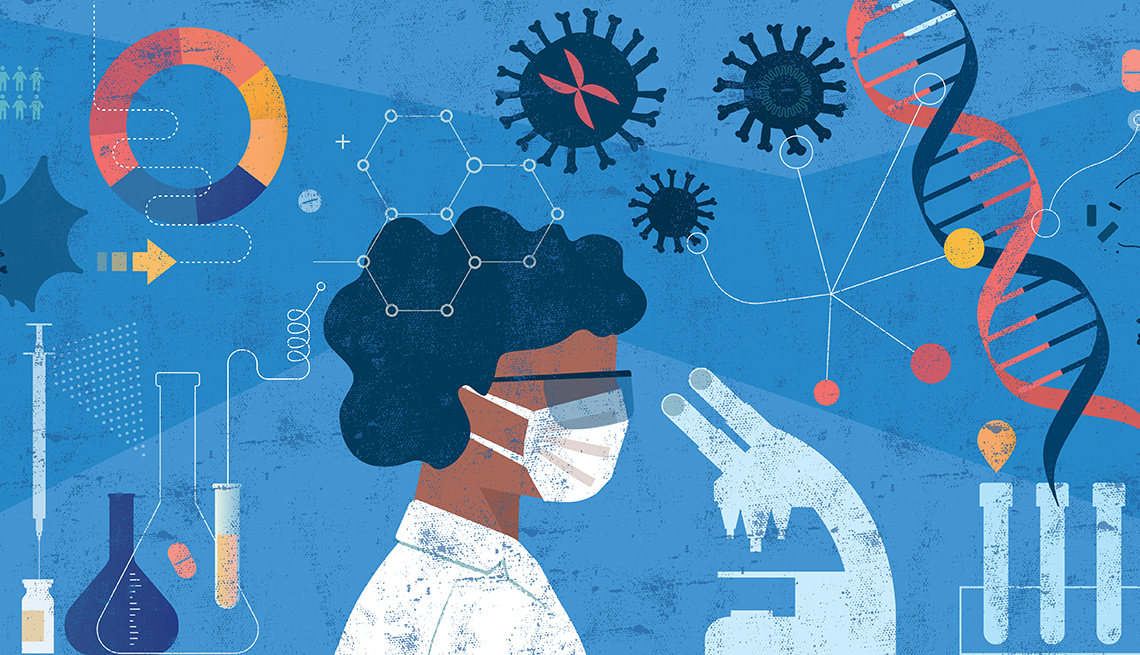
What to know about the hv. 1 variant
- Select a language for the TTS:
- UK English Female
- UK English Male
- US English Female
- US English Male
- Australian Female
- Australian Male
- Language selected: (auto detect) - EN
Play all audios:

That’s good news as we enter the time of year when the spread of respiratory viruses, including COVID-19, kicks into high gear. Cameron Wolfe, M.D., an infectious disease specialist at Duke
Health, said during a September news briefing that we typically see a larger spike of COVID-19 in January and February, especially. “And I don’t see any reason that won’t be the case
[again],” he said. Currently, COVID-19 hospitalization rates are inching up; more than 16,200 Americans are being hospitalized each week with COVID-19, federal data shows. Deaths from the
virus are also increasing. The CDC reports rates for the week ending Nov. 11 were up 9 percent from the previous week. HOW TO PROTECT YOURSELF FROM HV.1, OTHER COVID VARIANTS The best way to
protect yourself from winding up in the hospital with COVID — or worse, dying from the disease — is to get vaccinated, Binnicker and other health experts say. Vaccine uptake, however, has
been low since the new vaccines became available in mid-September. As of mid-October, 7 percent of Americans in a national survey reported getting the shot. “And that’s just not high
enough,” Binnicker says. “We need to have a higher percentage vaccinated because we are seeing patients with COVID end up in the hospital and on ventilators.” Older adults have been more
likely to get the new vaccine than younger age groups. Data from the national survey, reported by the CDC, show that 15.4 percent of adults ages 65 to 74 received the new COVID vaccine as of
mid-October; that share jumps to 20.5 percent when looking at adults 75 and older. In addition to staying up to date with the vaccine, Binnicker says people who want to lower their risk of
getting COVID-19 can wear a mask when they’re out in crowded public spaces, such as the grocery store. A good fitting, high-quality mask can help to block transmission of the virus. Also:
Wash your hands often. “That’s really important to help prevent spread as well,” Binnicker says. Having symptoms? Test yourself. (As of Nov. 20, the federal government is once again allowing
U.S. households to order four free COVID-19 tests.) If you test positive, you may be eligible for a prescription treatment that can help stave off coronavirus complications — and time is of
the essence with these medications. They work best when started within five days of the start of symptoms. If your test is negative, try again in a few days. Binnicker says because many
people have built up immunity from vaccination or previous infections, it can take longer for the virus to build up to detectable levels in the respiratory tract.
